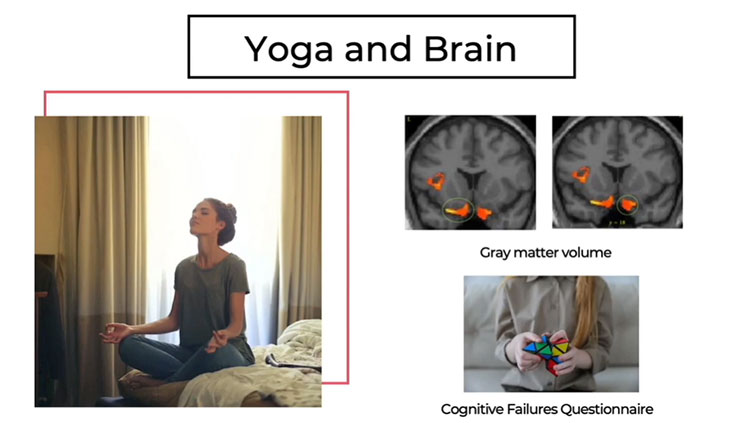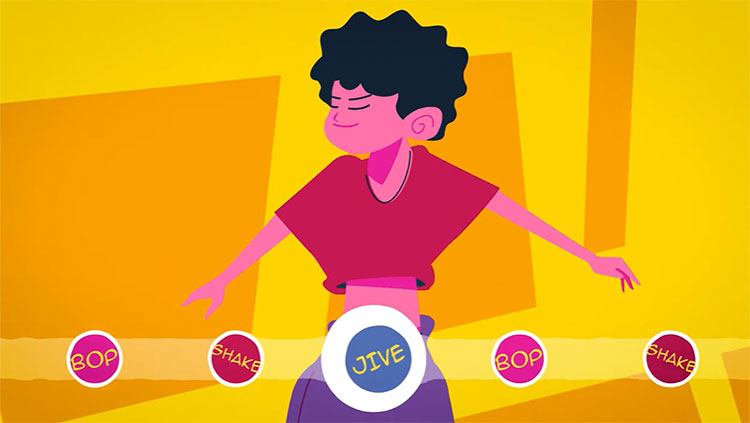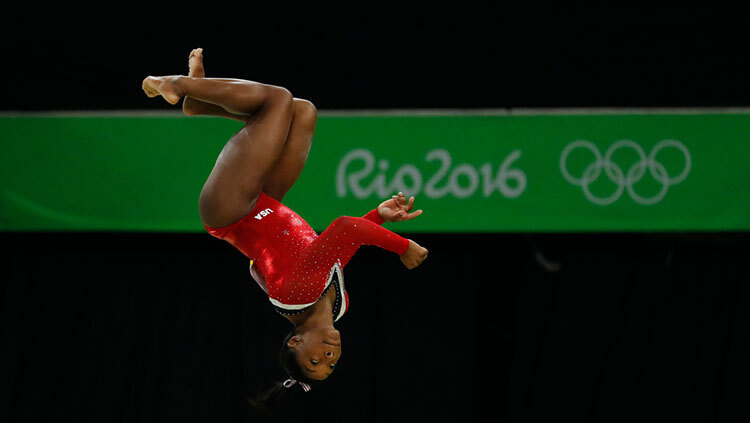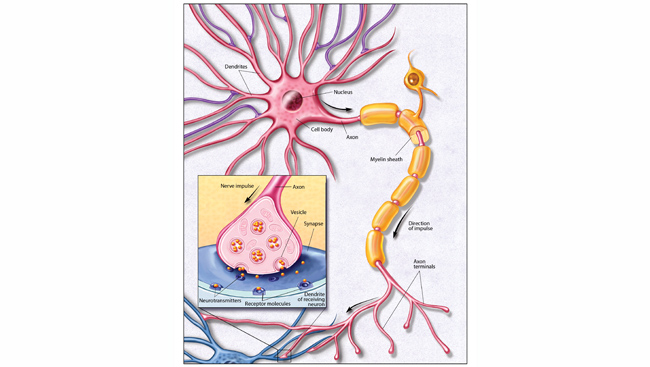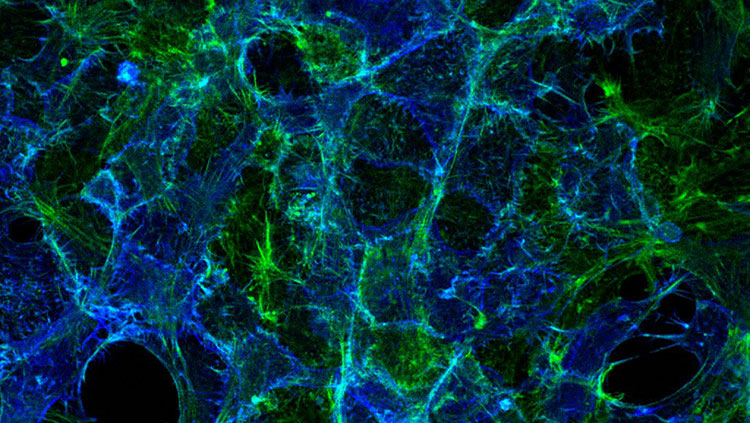Tracking Dinosaur Intelligence: What Fossil Footprints Reveal about the Dinosaur’s Brain
- Published28 Jun 2016
- Author Douglas Fields
Displaying the sleuthing skills of Sherlock Holmes, Jerry Harris carefully tracks the footprints to a point where they disintegrate into a muddle of scratches. He vividly deduces what transpired here. “Came up out of Lake Dixie,” Harris says, pointing to prints leading up the slope. “Sat down on the side of the berm . . . sat down in such a way that it rested both its hands and feet.”
But this is not a crime scene. Harris is not a private eye. And these are not the tracks of a human being. We are in St. George, Utah examining recently exposed dinosaur footprints preserved in 198-million-year-old rust colored sandstone. These footprints from the early Jurassic period were left by a meat eating dinosaur much like the monster, Velociraptor that terrorized moviegoers in ‘Jurassic Park.’
Dr. Jerald Harris is Professor of Geology and Director of Paleontology at Dixie State College, and an expert in the esoteric science of identifying fossil footprints (ichnology). From these empty impressions in stone, he brings to life the extinct animals that made them millions of years before man first walked the earth.
Fossil dinosaur bones are what people go to the museum to see, but trace fossils, which are anything preserved in stone that was made by the organism--footprints primarily, but also bite marks, burrows, nests, and feces--tell us a great deal more about these extinct animals as living creatures than their bones could possibly do. “Body fossils are great and evocative to see,” Harris says, “but they are just the remains of dead organisms. To understand what fossil organisms were like when they were alive, we have to turn to trace fossils because they were made by living organisms.”
These footprints that Harris and his colleagues have examined are extraordinary. The dinosaur footprints in St. George, Utah were discovered in 2000 by Sheldon Johnson on his property while doing excavation. Recognizing the priceless value of these fossil footprints to science, Johnson donated the property to the city to preserve the site as a museum.1 Dr. Jim Kirkland, Utah State Paleontologist, described the site as “The most significant dinosaur tracksite in western North America.”
As rare as dinosaur footprints are, rarer still are footprints from the front legs of predatory carnivores like Tyrannosaurs rex, Velociraptor, and Allosaurus, (collectively called Theropods), because these dinosaurs were bipedal (walking on two legs). Their short forelimbs were used for grasping and tearing flesh with its jaws, not for walking. But here, 198 million years ago, a bipedal theropod of the genus Eubrontes paused to rest on a muddy bank of the now extinct Dixie Lake and left impressions of its muddy forelimbs in the Jurassic shoreline. Incredibly, these impressions remained undisturbed over the enormous geological span of time required to turn Jurassic mud to stone. Dug up in the distant future like a time capsule, the tracks capture a moment in time frozen forever in stone, and they provide a snap-shot glimpse into the living, breathing creature, that has long-since gone extinct.
As a neuroscientist interested in the brain and cognitive ability of other animals, I went to St. George to pick the brain of an expert in fossil footprints for clues to dinosaur intelligence. “We can certainly learn a lot about dinosaur behavior from their tracks, and that indirectly gives us some insights into their intelligence and therefore their brains,” Harris says. What these ancient tracks tell Harris is that these predatory dinosaurs were cognitively and behaviorally very much like birds, not like crocodiles or other reptiles. These dinosaurs must have had bird-like cognitive abilities for complex social behaviors, parenting, and even cooperative hunting strategies.
The fossil footprint Harris is explaining to me is especially insightful about the bird-like behavior of theropod dinosaurs. “If you look at how birds today move, especially large birds-- emus and ostriches, flamingos and herons--they walk only on their toes. Their ankles are held way up above the ground. It is only when they sit and squat that you get that heel impression on the ground.” The brilliant red dot from his laser pointer traces the curious streaks in stone. “These tracks have that.” 2
Sweeping his laser beam over the stone to pinpoint the three-toed impressions the dinosaur’s hind feet left in stone, Harris points to a series of tracks stomping up the embankment. Then the dinosaur squatted, resting on its haunches with the heels of its forelimbs in the mud. It shuffled about a foot and paused again, leaving two new impressions of its hands. Then the dinosaur stood up on its hind legs, and swinging its left leg forward it resumed its march up the hill, leaving three-toed footprints and wispy drag marks from the tip of its tail.
But there is something peculiar and very revealing about the footprints made by this dinosaur’s forelegs. To better understand this, hold your arms outstretched to your sides like an eagle soaring. Then sweep them in front of you, touching them wingtip-to-wingtip. Your palms came together as if in prayer, right? In performing this motion, you are unconsciously and accurately mimicking what birds do, but if you were to slip and fall as you struggled up that slippery slope from the shore of Lake Dixie, where would your palms face? Outward with fingers splayed. “The hand prints show that the fingers were actually pointing inward,” he says. The dinosaur’s arm posture was something like that of a bowler holding a bowling ball in front of his nose as he lines up his shot. Humans can do this because we have remarkably mobile shoulders that permit us to rotate our hands freely, but says Harris, “The only animals today that have that same sort of restriction with the palms facing inward are birds.”
There is more evidence from footprints and trace fossils of bird-like brains and behaviors of many dinosaurs. In Mongolia, fossils of small dinosaurs have been found on nests, and some of these dinosaurs were covered with feathers. These dinosaurs were doing what modern birds do, incubating the eggs by sitting on the nests. That would have been impossible for large dinosaurs, because of their enormous weight, but trace fossils show that many large dinosaurs deposited their eggs in shallow pits they dug in the ground. The dinosaurs likely covered the nests with vegetation to generate heat from the decaying leaves, just as many ground birds do today. In China and Colorado, fossilized scratches in the ground made by theropod dinosaurs match similar tracks made by birds in mating dances.3 “Again, this is something modern reptiles don’t do,” Harris says. “It suggests that dinosaur brains (at least those of theropods) were more bird-y than reptile-y.”
Parenting, not something seen in modern reptiles, is evident from dinosaur footprints. Fossil footprints around the world, made by many different kinds of dinosaurs, often include tracks that were made by adult and juvenile animals walking together in the same direction. This evidence suggests that these dinosaurs stayed together in family groups, flocks, or herds. The presence of larger adults assembled in groups would have protected the juveniles, just as with herding zebras today, simply by virtue of their large size, but in some cases the tracks indicate that adult dinosaurs actively shielded their young from predators. A set of dinosaur tracks in Texas has been found that were made by sauropods (the same group as Brontosaurus). They show groups the juvenile footprints are all in the center of the group, flanked by adults moving together in the same direction. “This is common behavior in herding mammals today, so again this suggests something fundamental about the sophistication of the dinosaurian brain compared to other reptiles,” Harris says, while cautioning that these deductions, while reasonable, are difficult to prove.
In October, 2011, a local guide and outfitter in British Columbia, Canada spotted a dinosaur track.4 Paleontologists identified the find as a line of tracks made by Tyrannosaurus rex, the most terrible of all “terrible lizards.” (The word dinosaur derives from the Greek root deinos.) These are the first trackways of T. rex discovered, because these animals lived in environments that resembled the Gulf Coast of Louisiana today, which does not turn to stone readily, Harris says. The provocative thing about these footprints is that they were made by three different individuals, walking together in a group. As terrifying as T. rex is, the picture these footprints evoke is even more horrifying--the predatory monsters hunting in packs.
Harris has studied and published similar findings about carnivorous dinosaurs that suggest gregarious behavior. “The tracks show a bunch of them all moving in the same direction and the tracks don’t overlap with one another. It suggests that they were moving as a group at the same time and their physical bodies were interfering with them stepping in each other’s footprints. I think for the theropod dinosaurs in particular (the ones that were predatory and would have been hunting) that behavior certainly makes a lot of sense.”
Harris shows me other curious fossil tracks that to the untrained eye look like nothing more than streaks in stone. “We have the world’s largest collection of dinosaur swim tracks--odd elongated scratch marks made when theropod dinosaurs paddling with their hind feet like ducks, scratched this ancient lake bottom with the claws on the tips of their toes. Ninety-five percent of them are all going in the same direction, against the current. Again this represents traces made by a flock (or heard) of these small theropods all entering the lake as a group. Such footprints suggest that the dinosaurs had a flocking or herding behavior. “That’s not a typical reptilian behavior--no crocodilians, lizards, snakes, or turtles do anything like that. That tells us that the brains of these dinosaurs were less similar to those of modern reptiles and more similar in some fundamental ways to those of birds,” Harris concludes.
How many of your footprints do you imagine will survive for 100 years? What about 1,000 years or 198 million years? “In a lot of ways it is surprising that we have trackways from dinosaurs at all,” Harris says. Now you can see them just as the paleontologists found them. On May 7, 2016, the St. George Dinosaur Discovery Site at Johnson Farm opened a major new exhibit in what is the largest dinosaur track site in the world. Visitors can walk back in time on a boardwalk over the Jurassic sandstone to see the rare spectacular tracks made by dinosaurs 198 million years ago, including the meat-eating Eubrontes that rested a moment, and left its tell-tale bird-like forelimb prints preserved in stone.
References
References
- St. George Dinosaur Discovery Site http://www.dinosite.org/
- Milner, A.R.C., Harris, J.D., Lockley, M.G., Kirkland, J.I., Matthews, N.A. (2009) Bird-like anatomy, posture, and behavior revealed by an early Jurassic theropod dinosaur resting trace. PlosOne Volume 4, Issue 3 e4591, March, 2009. http://journals.plos.org/plosone/article?id=10.1371/journal.pone.0004591
- Lockley, M.G., et al., (2016) Theropod courtship: large scale physical evidence of display arenas and avian-like scrape ceremony behavior by Cretaceous dinosaurs. Scientific Reports, 6:18952 http://www.ncbi.nlm.nih.gov/pmc/articles/PMC4704466/
- McCrea, R.T., et al., (2014) A ‘Terror of Tyrannosaurs’: The first trackways of Tyrannosaurids and evidence of gregariousness and pathology in Tyrannosauridae. PlosOne volume 9, issue 7, e103613, July, 2014. http://journals.plos.org/plosone/article?id=10.1371/journal.pone.0103613
Photos by R. Douglas Fields



